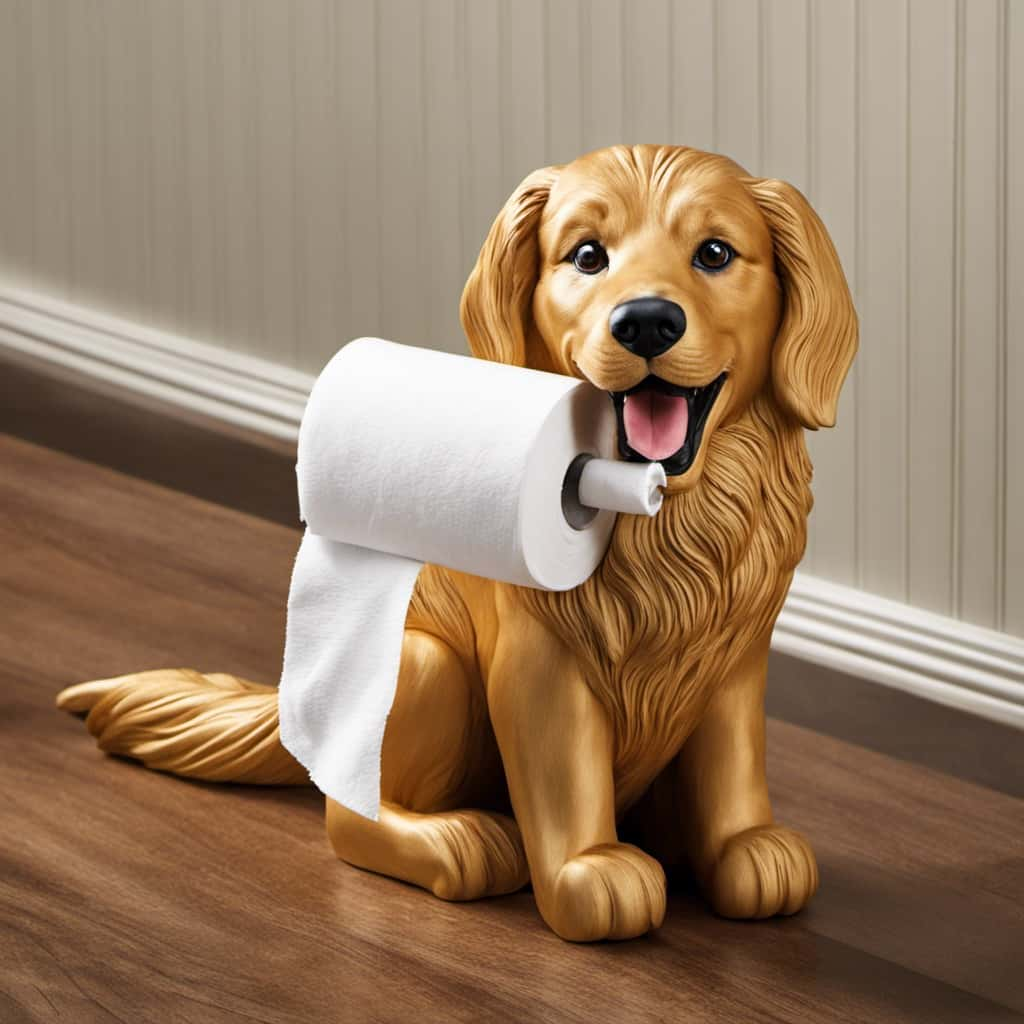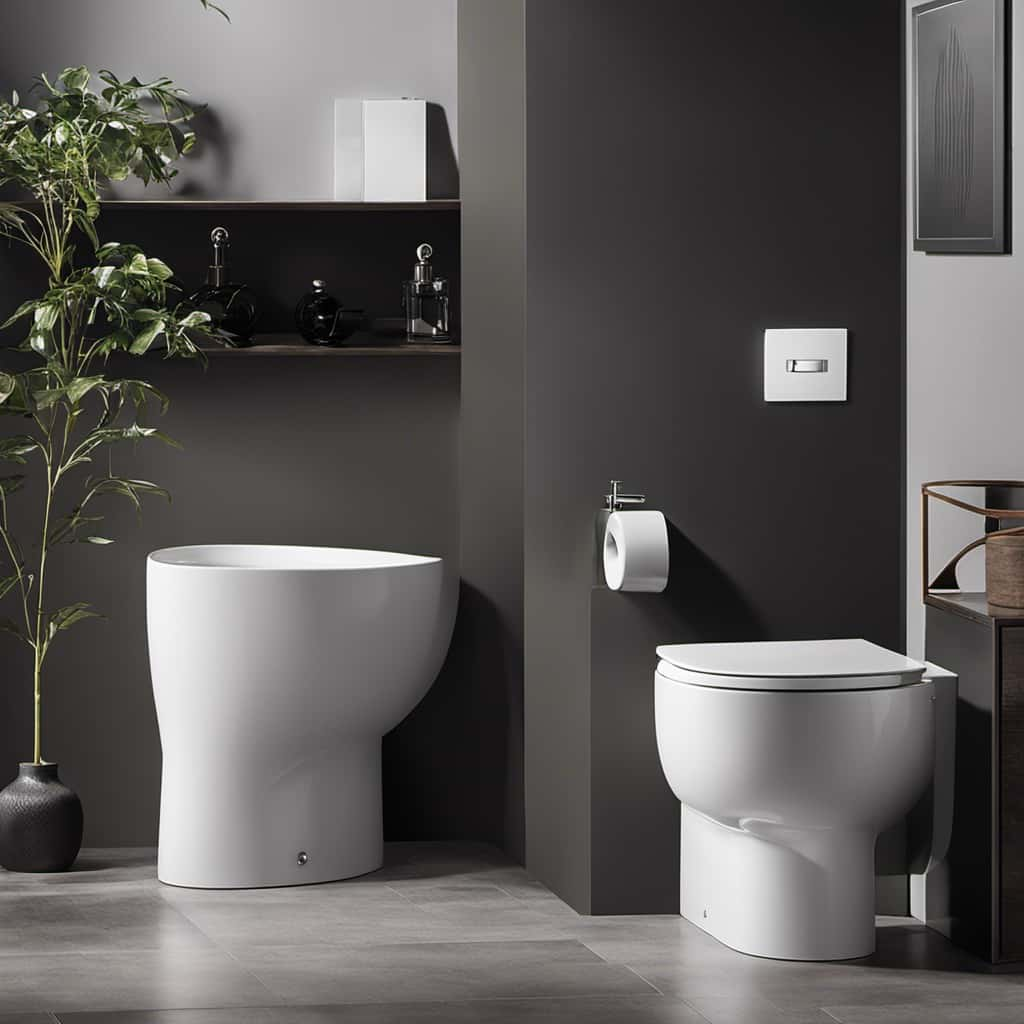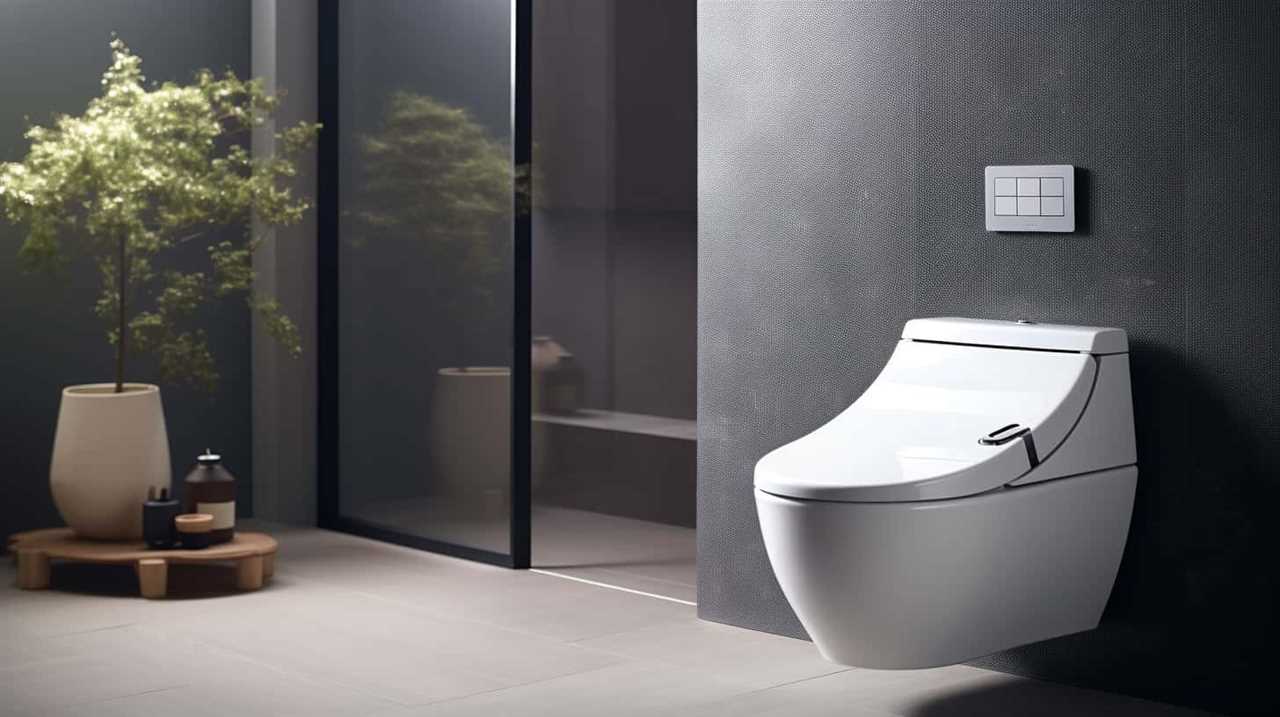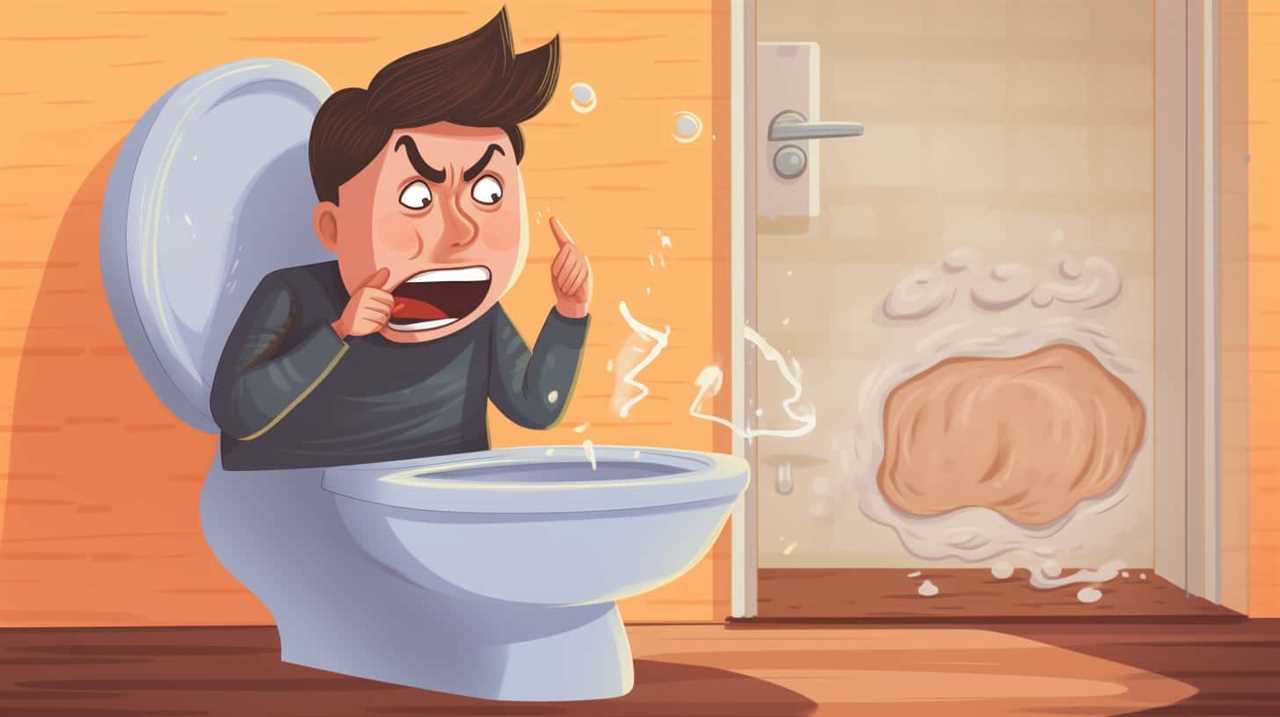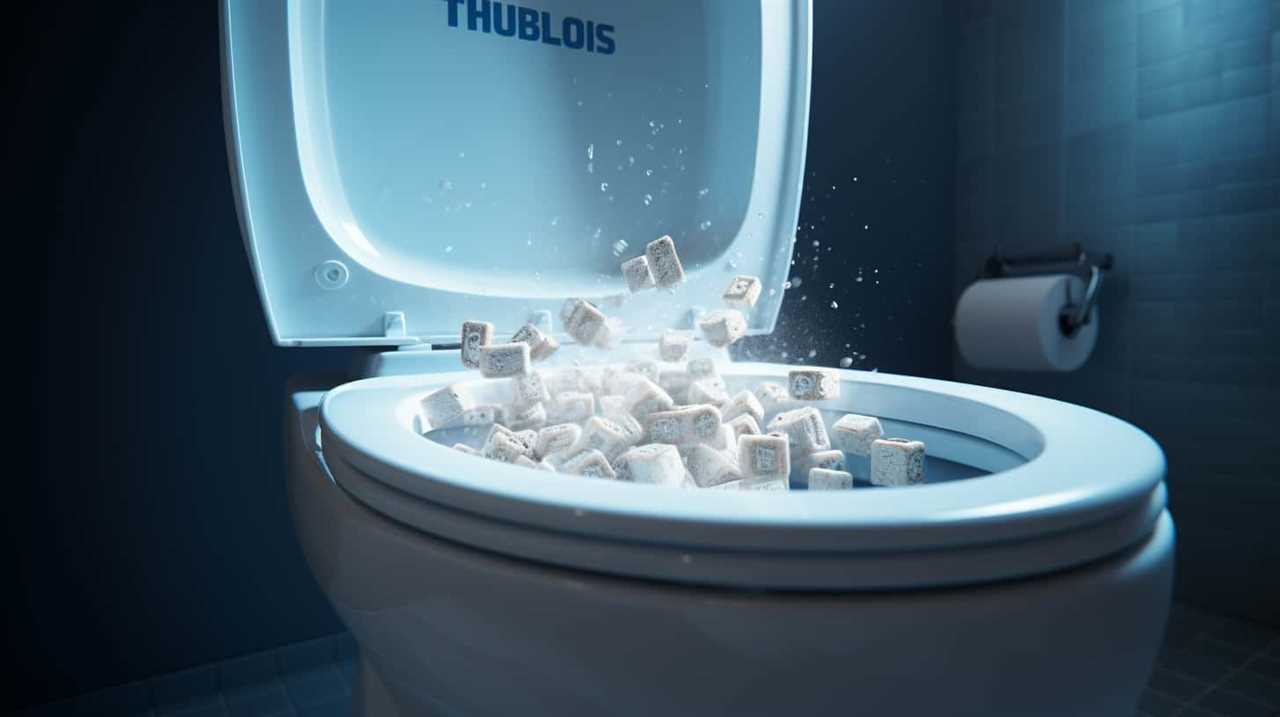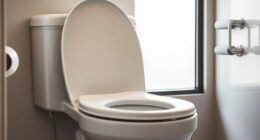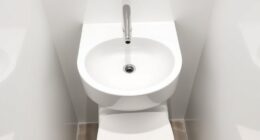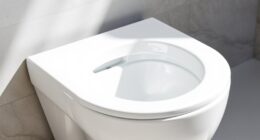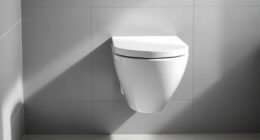Have you ever wondered if a blocked toilet can miraculously fix itself? In this article, we delve into the mechanics of toilet blockages, exploring common causes and factors that may contribute to self-unblocking.
However, it’s important to understand the limitations of relying on self-unblocking alone. We also share expert tips on preventing future toilet blockages.
So, join us as we unravel the mystery behind whether a blocked toilet will eventually unblock itself. Let’s dive in and master the art of toilet maintenance.
Key Takeaways
- Toilet blockages can be caused by various factors including the accumulation of toilet paper and waste in the pipes, flushing of sanitary products or excessive amounts of toilet paper, lack of maintenance and regular cleaning, and improper flushing practices.
- Understanding the mechanics of a blocked toilet involves recognizing that the toilet flush pushes water and waste down the drain, but a blockage in the pipes prevents waste from flowing freely. Common causes of blockages include excessive toilet paper, sanitary products, and foreign objects.
- While there are factors that may contribute to self-unblocking, such as a gradual decrease in water level and water draining more quickly when flushing, relying solely on self-unblocking methods may not always be successful. Natural remedies like hot water and a plunger can aid in self-unblocking, but severe cases may require professional plumbing services.
- To prevent future toilet blockages, it is important to only flush toilet paper and avoid disposing of other materials, regularly clean the toilet bowl to remove deposits and residue, consider installing a toilet auger for clearing minor clogs, practice proper flushing techniques, and seek professional plumbing services for regular maintenance and inspections.
Common Causes of Toilet Blockages
One of the most common causes of toilet blockages is the accumulation of toilet paper and waste in the pipes. To prevent toilet blockages, it’s essential to be mindful of what’s being flushed down the toilet. Only flush toilet paper and human waste, avoiding the temptation to dispose of other items such as sanitary products or excessive amounts of toilet paper.

Additionally, it’s advisable to flush the toilet multiple times if necessary, ensuring that all waste is properly cleared from the pipes. In dealing with stubborn toilet blockages, it’s recommended to use a plunger to create suction and dislodge the blockage. If the plunger doesn’t work, a toilet auger can be used to break up and remove the blockage.
Understanding the Mechanics of a Blocked Toilet
So, how exactly does a blocked toilet work and what causes it to become clogged in the first place? Understanding the mechanics of a blocked toilet is crucial for effective toilet maintenance and knowing when to seek professional plumbing services.
When a toilet is flushed, water and waste are pushed down the drain by the force of gravity. The waste travels through the pipes and into the sewer system. However, if there’s a blockage in the pipes, the waste can’t flow freely and becomes trapped, causing the toilet to become clogged.
Common causes of toilet blockages include flushing excessive amounts of toilet paper, sanitary products, or foreign objects. It’s important to regularly maintain your toilet by avoiding these practices and ensuring that only suitable waste is flushed.
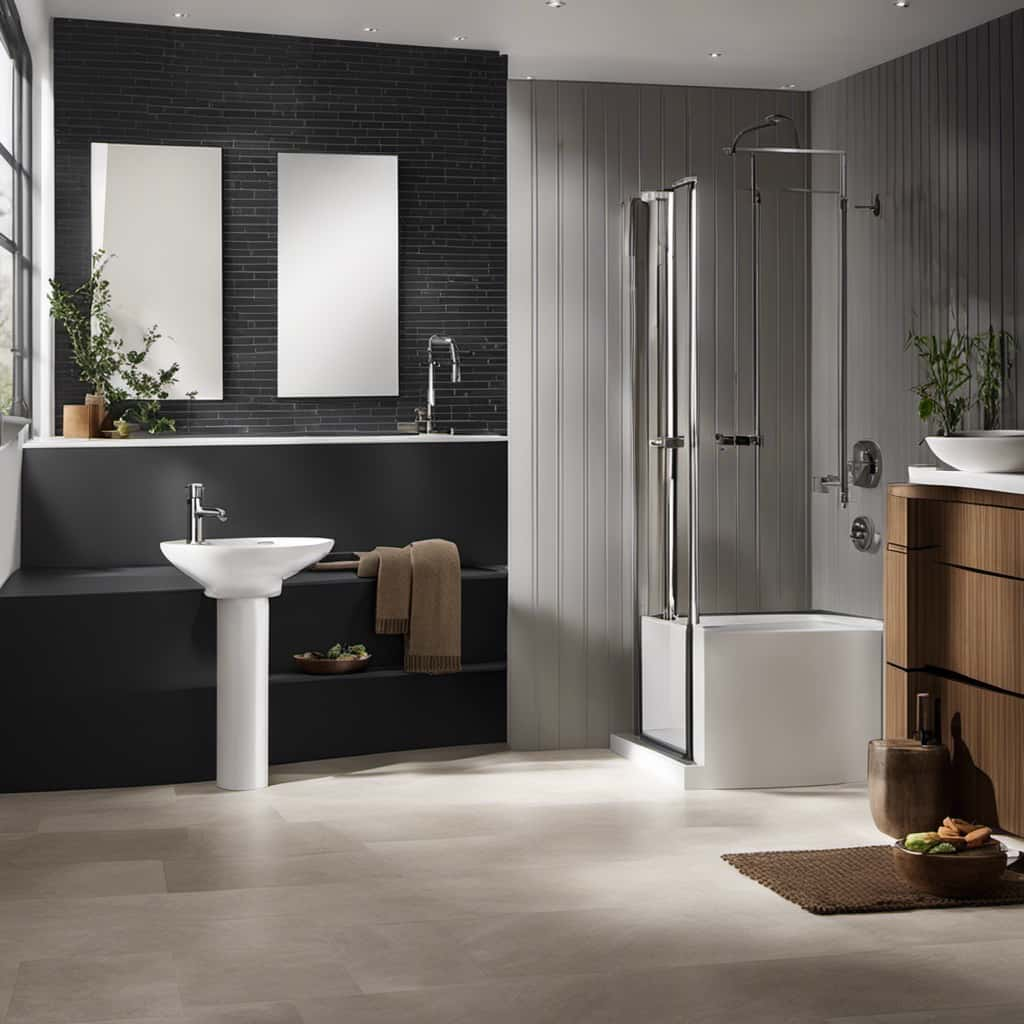
If a blockage does occur, it’s recommended to seek the assistance of professional plumbing services to resolve the issue promptly and effectively.
Factors That May Contribute to Self-Unblocking
In our experience, toilets may occasionally unblock themselves due to a combination of factors. When faced with a blocked toilet, it’s essential to be aware of the signs that indicate a self-unblocking process is taking place.
One common sign is the gradual decrease in water level in the toilet bowl. As the blockage begins to dislodge, the water level will slowly start to recede.
Additionally, if you notice the water draining more quickly when flushing, it could be a sign that the blockage is loosening.
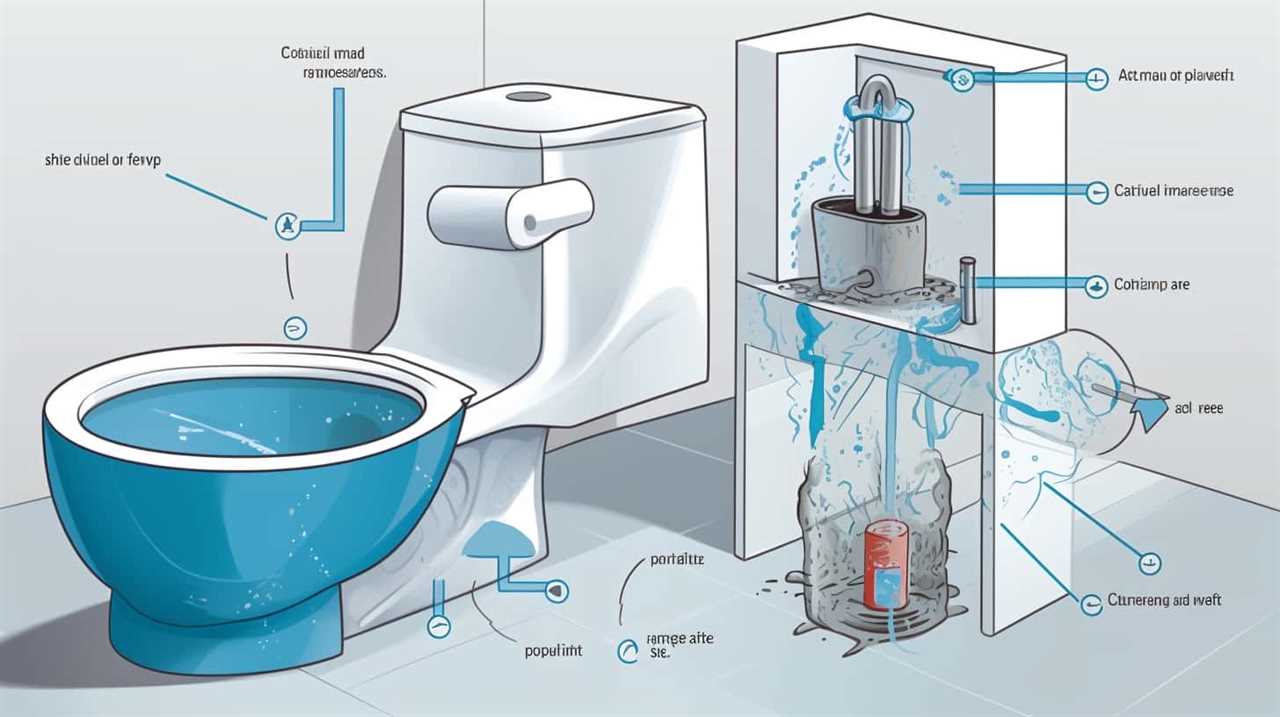
Natural remedies, such as pouring hot water or using a plunger, can aid in the self-unblocking process. However, it’s important to note that self-unblocking isn’t always successful and has its limitations.
The Limitations of Self-Unblocking
Toilets occasionally unblock themselves due to a combination of factors, but it is important to understand the limitations of this self-unblocking process. While it may seem convenient to wait for a toilet to unblock itself, there are instances where this method may not be effective. In such cases, it becomes necessary to explore other options for resolving the blockage. One popular method is using a plunger, which can effectively dislodge the obstruction and restore proper flow. However, it is essential to consider the pros and cons of using a plunger. While it is a cost-effective and easy-to-use tool, it may not be suitable for more severe blockages. Additionally, it is crucial to note that using chemical drain cleaners can potentially damage pipes, making it a less desirable option. Therefore, it is important to be aware of the limitations of self-unblocking and consider alternative solutions when necessary.
| Pros of Using a Plunger | Cons of Using a Plunger |
|---|---|
| Cost-effective | May not work for severe blockages |
| Easy to use | Potential for mess and splashing |
| Versatile | May require multiple attempts |
Can chemical drain cleaners damage pipes? Yes, chemical drain cleaners can potentially damage pipes due to their corrosive nature. It is recommended to use them sparingly and as a last resort, as they can lead to further plumbing issues and costly repairs. It is always best to consult a professional plumber before using any chemical drain cleaners to ensure the safety and integrity of your pipes.
Preventing Future Toilet Blockages
To avoid future toilet blockages, we can take proactive measures to maintain a clear and efficient plumbing system.
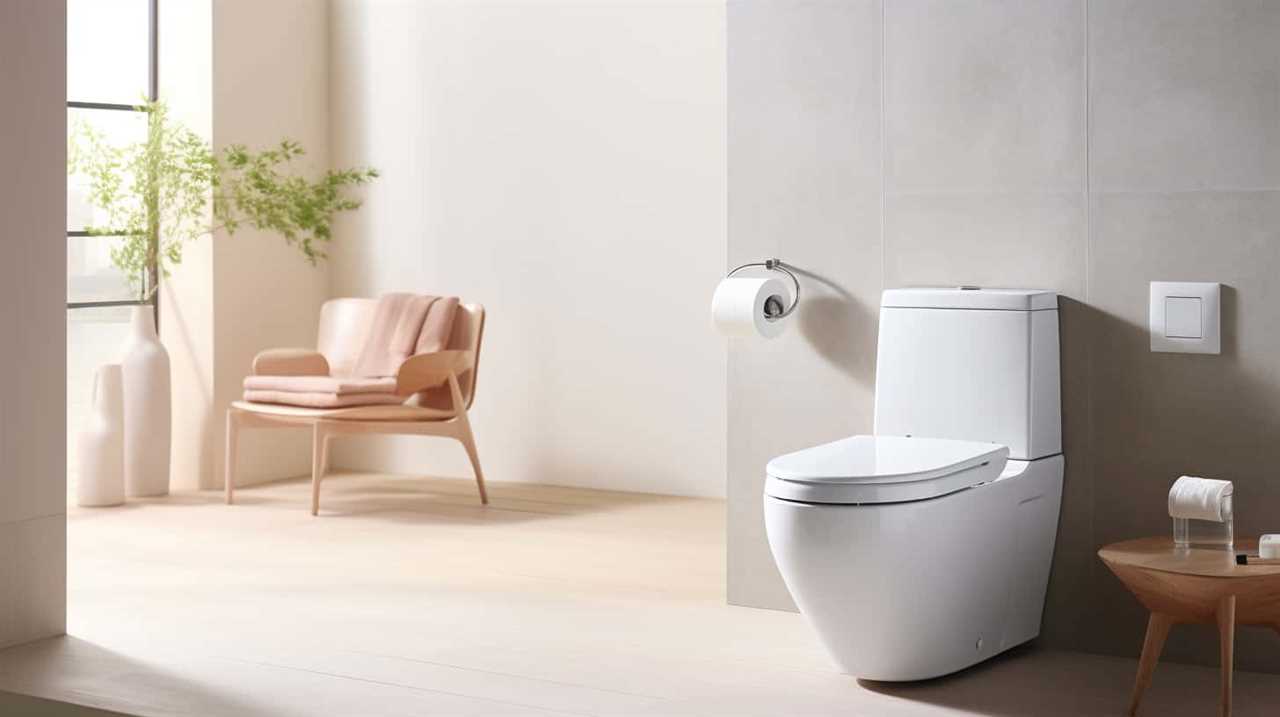
Regular toilet maintenance is key to preventing blockages. Firstly, ensure that only toilet paper is flushed down the toilet, as other materials can cause clogs.
Additionally, it’s important to regularly clean the toilet bowl and remove any mineral deposits or residue that may accumulate over time.
Another effective preventive measure is to install a toilet auger, which can help to clear minor clogs before they become major issues.
Regularly inspecting the plumbing system and addressing any leaks or cracks promptly can also prevent blockages.
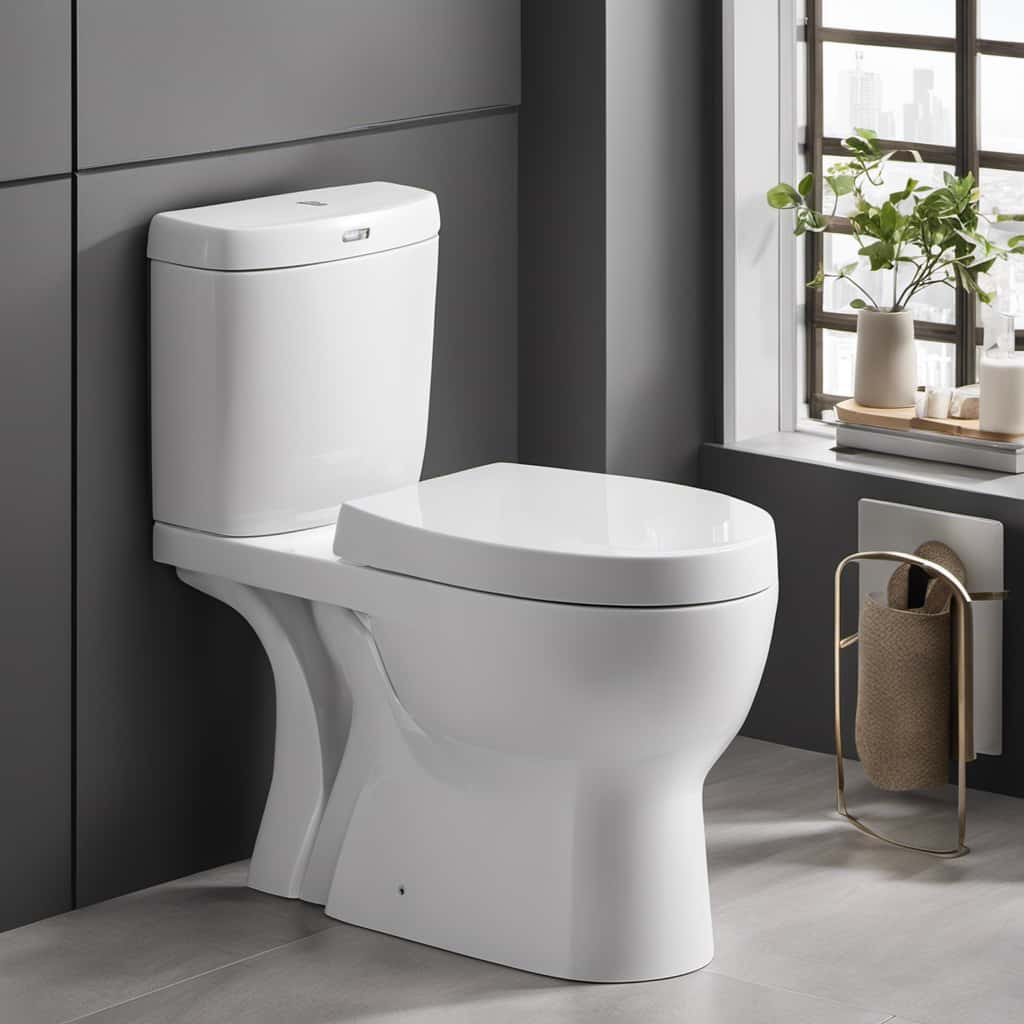
Finally, considering plumbing solutions that improve water flow and reduce the likelihood of clogs, such as low-flow toilets or pressure-assisted toilets, can be beneficial.
Frequently Asked Questions
How Long Does It Usually Take for a Toilet to Unblock Itself?
Toilet blockages can sometimes resolve on their own, but it’s not guaranteed. Depending on the cause, it could take hours or days. If the blockage persists, it’s best to use proper toilet unblocking methods or prevent future blockages altogether.
Can I Use Chemical Drain Cleaners to Help With Self-Unblocking?
Using natural remedies instead of chemical drain cleaners is recommended for self unblocking. Additionally, a plunger can be effective in resolving the issue. However, it is important to address the Current Question: Will a Blocked Toilet Eventually Unblock Itself?
Is It Safe to Flush Multiple Times in an Attempt to Unblock a Toilet?
Flushing frequency can cause potential damage to a blocked toilet. It is essential to avoid excessive flushing as it can worsen the blockage or cause overflow. Seek professional assistance for an effective solution.
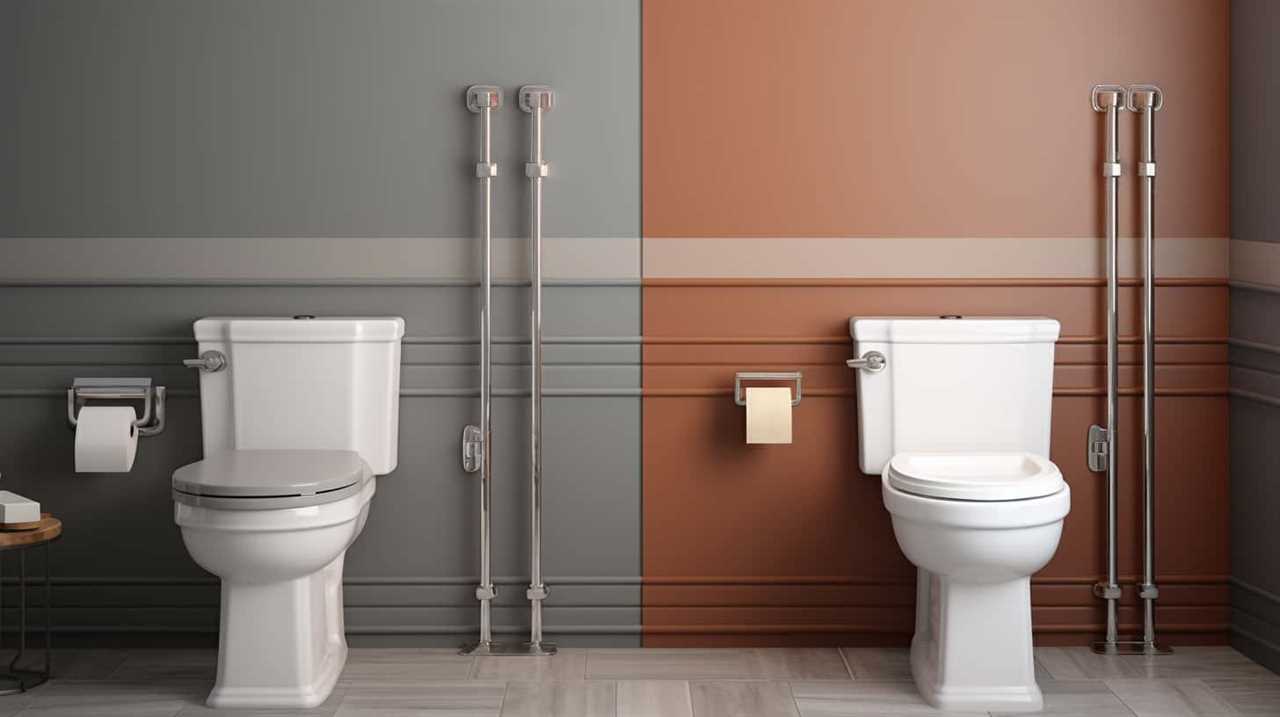
What Should I Do if a Toilet Blockage Persists After Attempting Self-Unblocking Methods?
If a toilet blockage persists after attempting self-unblocking methods, it’s important to consider the causes. Sometimes, a blocked toilet can’t unblock itself and requires the expertise of a professional plumber.
Are There Any Specific Signs or Indicators That a Toilet Is About to Unblock Itself?
There are no specific signs or indicators that a toilet is about to unblock itself. It is important to try various toilet unblocking methods to resolve the issue instead of waiting for it to resolve on its own.
Conclusion
In conclusion, while it’s possible for a blocked toilet to unblock itself in certain circumstances, it isn’t guaranteed. Factors such as water pressure, blockage severity, and the type of obstruction can influence the self-unblocking process.
However, it’s always advisable to take preventive measures to avoid future toilet blockages. As the saying goes, ‘An ounce of prevention is worth a pound of cure.’ So, remember to be mindful of what you flush to keep your toilet running smoothly.
